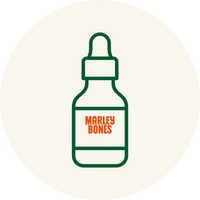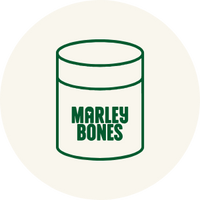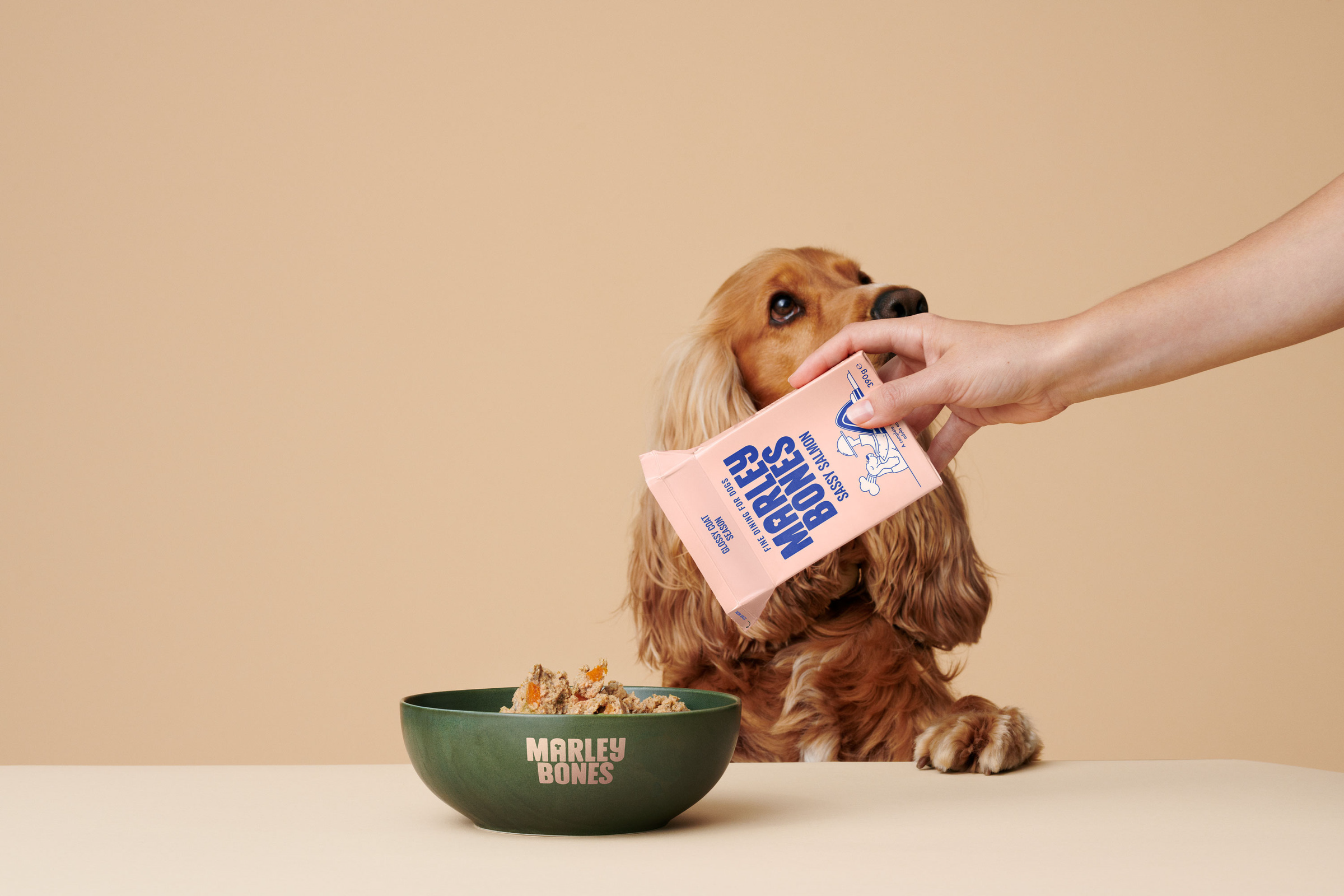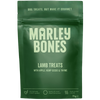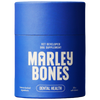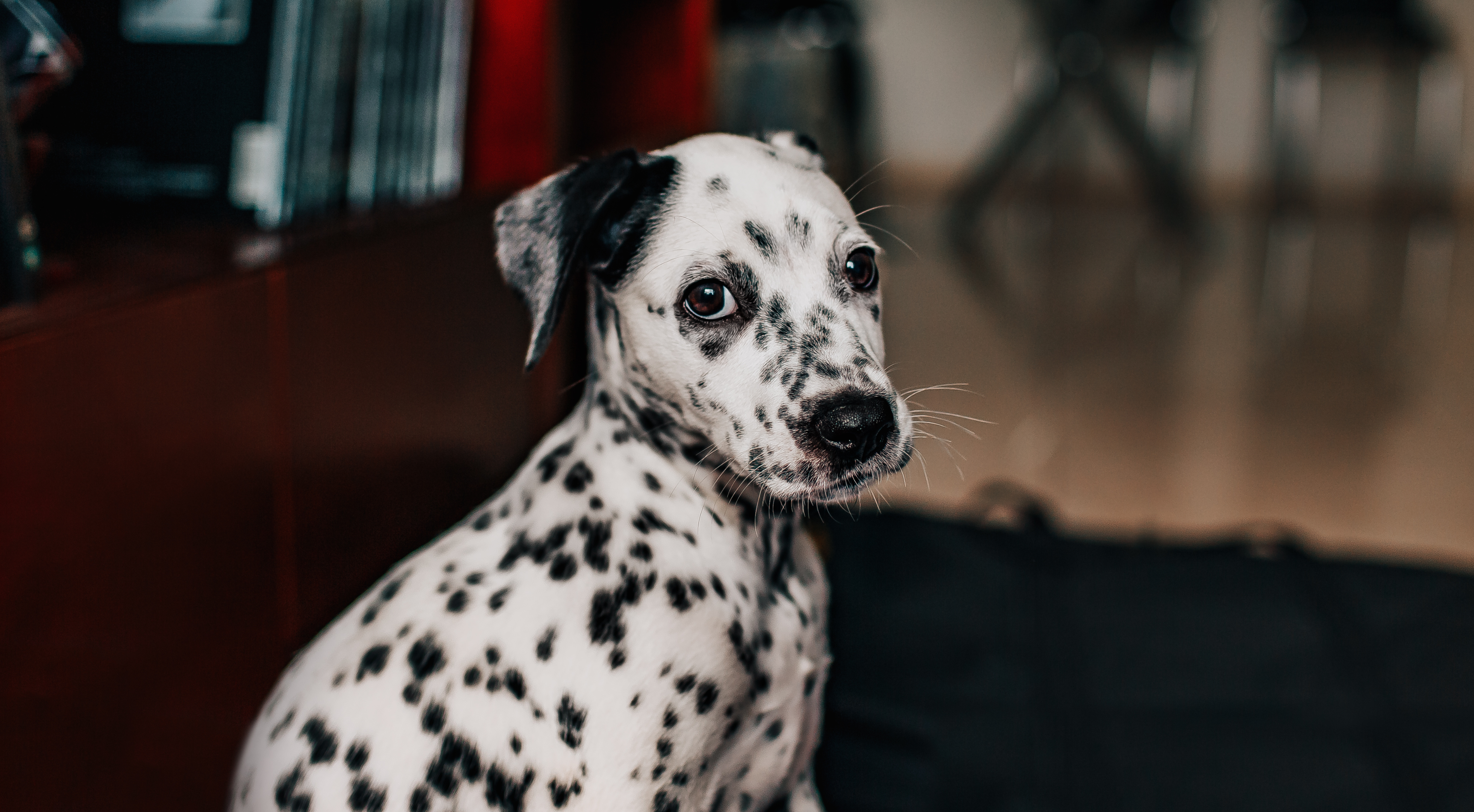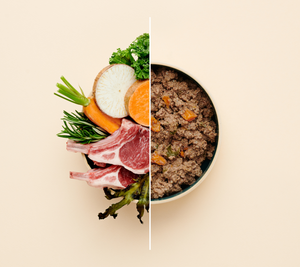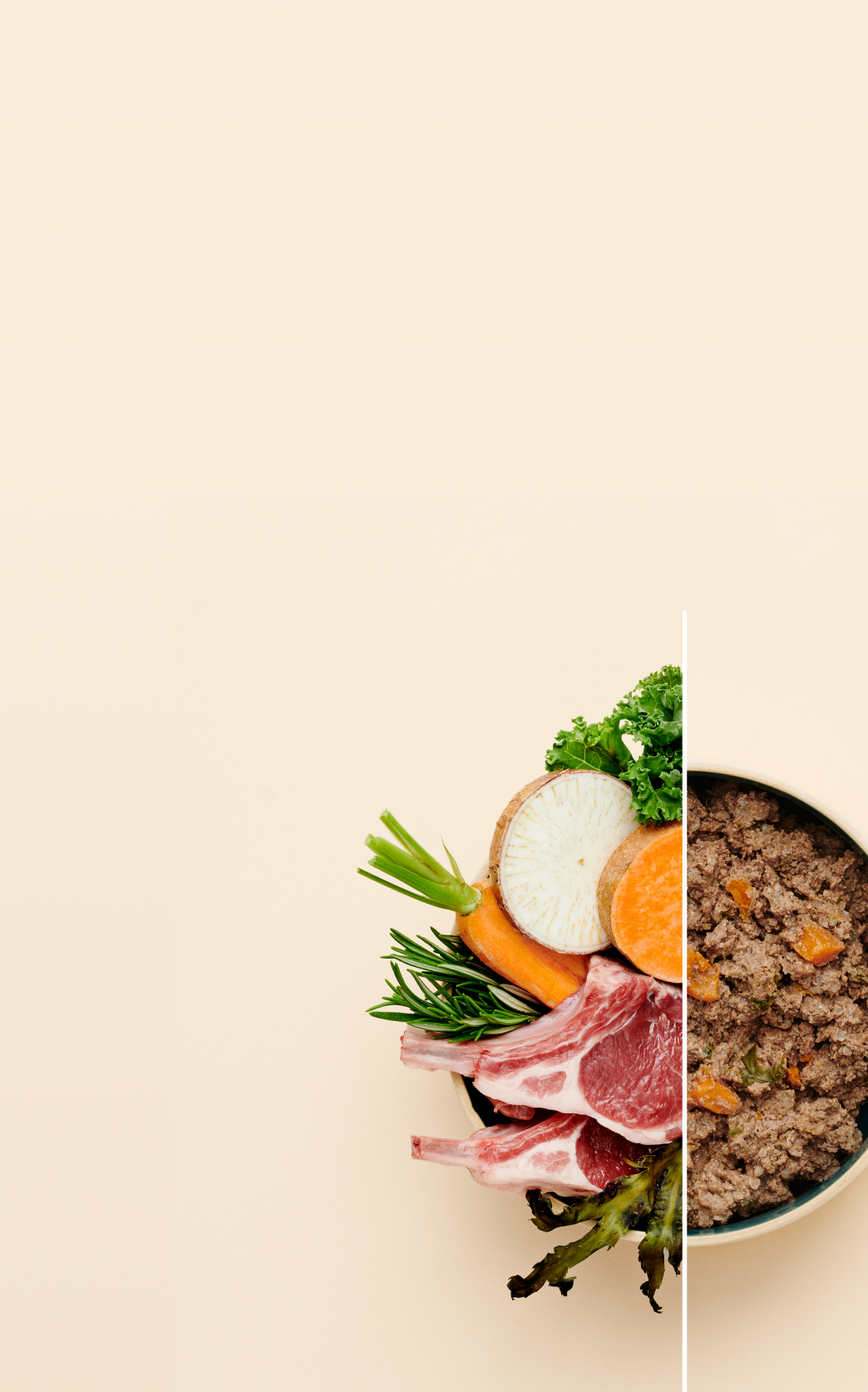Why Do Dogs Give Us Side-Eye? Understanding Your Dog's Body Language
Ever noticed your dog looking at you out of the corner of their eye like they’re plotting something? That classic side-eye - or whale eye, as it’s officially known - is more than just a funny expression. It’s one of the key ways your dog is trying to tell you something.
In short: that sideways glance is often a sign of unease, stress or anxiety. Learning to read it can help you better support your dog, especially in situations that make them feel nervous or unsure.
Let’s break it down.
What is Whale Eye - and Why Do Dog's Do It?
Whale eye happens when your dog turns their head away but keeps their eyes fixed on something - usually you, another dog, or a situation they’re not loving. It’s called whale eye because you can see a big portion of the white of their eye, just like a whale’s.
It’s rarely a random look. Dogs typically give side-eye when:
- They feel uncomfortable or threatened
- Someones in their personal space
- They're guarding food or a toy
- They're being forced into something (grooming, vet visits, etc)
Think of it as a polite canine way of saying, "I'm not okay with this."

What Side-Eye Tells You About Your Dog's Emotional State?
Side-eye is part of your dog’s stress communication toolkit. It’s an early warning sign - often given before a growl or snap - and shows they’re trying to avoid conflict without escalating the situation.
If ignored, it could progress to more serious behaviour like excessive barking, lunging, or biting. That’s why it’s so important to take it seriously. Look for context and body language:
- Is their body tense or frozen?
- Are they licking their lips, yawning or trying to move away?
- Are their ears flat or tail tucked?
Marley's Must-Know: These clues help you spot the difference between a dog feeling genuinely uneasy vs one just throwing you a bit of sass.
How to Respond If Your Dog Gives Side-Eye
If you notice whale eye, take a breath and follow these steps:
Identify The Trigger: Is your dog being approached while eating? Are you reaching for their paw with the dreaded nail clippers? Whatever it is, try to remove or reduce the stressor.
Give Space: Let them move away if they want to. Forcing interaction can escalate fear into aggression.
Stay Calm: No raised voices, no sudden movements. Speak gently and give your dog a chance to decompress.
Reflect: If side-eye is becoming a pattern in certain situations, it’s worth working with a professional dog trainer or behaviourist. You might need to create a training plan to help your dog feel more comfortable and in control.
Other Signs Your Dog Might Be Stressed
Whale eye is often just one piece of the puzzle. Here are a few more signals to keep an eye out for:
- Panting or drooling (when not hot or thirsty)
- Excessive yawning or licking lips
- Avoidance behaviours - walking away, turning their back, hiding
- Shaking off (like after a bath) when there's no water involved
- Changes in behaviour - sudden clinginess, restlessness, barking
Spotting these signs early can help you step in before things escalate - and show your dog you're paying attention to how they feel.

When Is Side-Eye Not A Concern?
Sometimes side-eye doesn’t mean stress - it might just be part of how your dog communicates. For example:
- Herding breeds might side-eye naturally when "working"
- Some dogs glance sideways during play as part of the fun
- A cheeky look from a dog knows the treat jar's off limits
Context is everything. If your dog’s body is relaxed, tail wagging, and they’re clearly not distressed, it might just be their way of being playful or dramatic.
The Final Woof
The better you understand your dog’s body language, the stronger your bond becomes. Whale eye is one of the most misunderstood signals - but once you learn to spot it, you’ll start noticing it everywhere.
It’s not about discipline or dominance. It’s about emotion - stress, discomfort, or uncertainty. Recognise it, respect it, and respond kindly. That’s how you create a dog who feels safe, seen, and understood.



